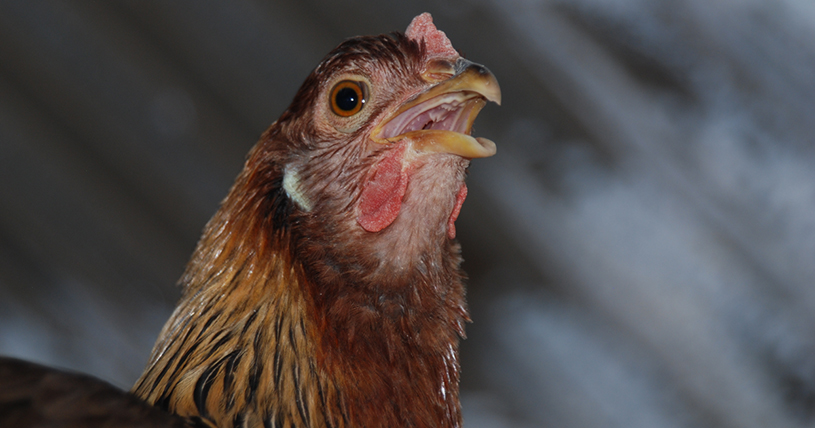How heat stress disrupts the body of poultry and pigs
It is summertime in the Northern hemisphere, which means we need to think about heat stress by optimizing our processes to shield animals from heat and/or by equipping the animals to deal with heat stress better. When animals experience heat stress they have a hard time keeping their body temperature at optimal levels. In that process sodium and bicarbonate play pivotal roles. Roles that are sometimes misunderstood and has many myths surrounding it.
Panting to cool down disrupts the blood pH
One thing most animals will do to reduce their temperatures is panting. In this process the respiratory rate is increased to cool down. Carbon dioxide is released faster than the body can restore and the carbon dioxide concentration in the blood is reduced. As a result of this process the blood balance between carbon dioxide and bicarbonate is disrupted and there is now a relative excess of bicarbonate which increases blood pH. This is called respiratory alkalosis. To restore blood pH the animals body responds by excreting the excess bicarbonate via the kidneys. In order to do so, the bicarbonate needs to form an ionic bond with sodium. This is why sodium sources and dEB optimization become especially beneficial in periods of heat stress.The myth
A common myth in animal nutrition is that the bicarbonate that is excreted in this process needs to be replenished and that this can be accomplished via the diet. These are myths. There is no need to worry about replenishing bicarbonate: as soon as the respiration rate is normalized the carbon dioxide pressure in the blood will increase and the bicarbonate excretion will stop. New bicarbonate is constantly produced from metabolic waste carbon dioxide. The animals’ cells will arrange for this smoothly by themselves and much more value your help via dietary sodium.Even if you wanted to though, you can’t affect blood bicarbonate concentration by supplying the diet with bicarbonate because it will be digested in the stomach. As a matter of fact, in the stomach bicarbonate ions react with hydrogen ions (H+) and form carbonic acid. That in turn dissociates into carbon dioxide and water, which increases the gastric pH. Which is something we all know you don’t want.
Sodium formate: the sodium source with added benefits
That is why we see sodium formate as the superior sodium source during periods of heat stress. The formate ion does not negatively impact gastric pH and can even reduce pathogens in the stomach. Learn more about our sodium formate based solution ProPhorce™ AC 299>>.
Panting causes a shift in the blood pH of farm animals with potentially devastating results.